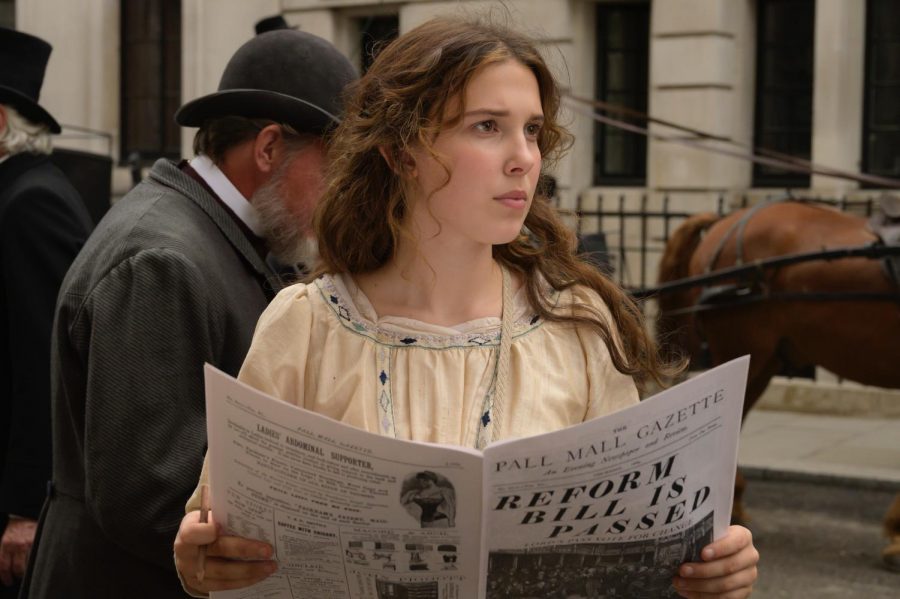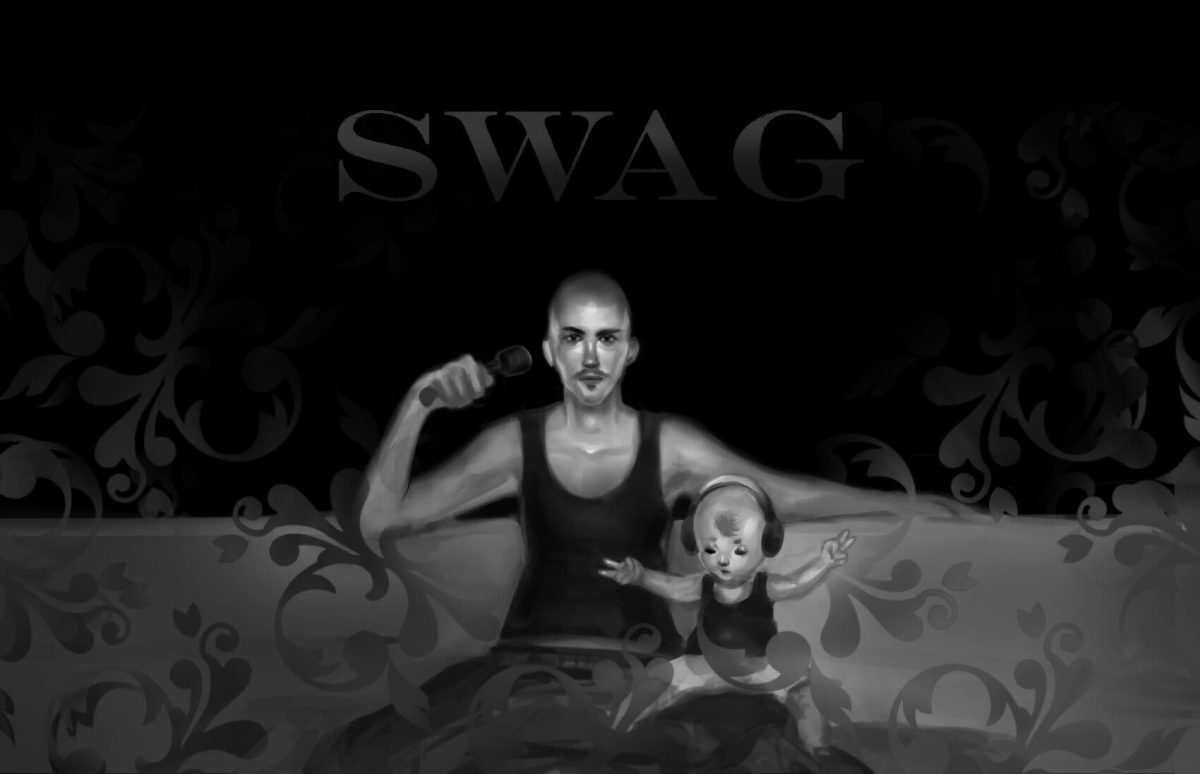Now, where to begin?
From mysterious cyphers and teenage romance to near death experiences and progressive reform for women, Netflix’s new original movie is the latest attempt to revamp the notorious Sherlock Holmes legend.
Based on a six-book series of 2007-2010 young adult novels by Nancy Springer, “Enola Holmes” introduces the juvenile sister of Sherlock (Millie Bobby Brown, “Stranger Things”) and her interactions with her two older brothers, Sherlock (Henry Cavill, “The Witcher”) and Mycroft (Sam Claflin, “Love Wedding Repeat”) Holmes.
Significantly younger than her brothers, Enola thoroughly explains in her voiceover, breaking-the-fourth-wall explanation to us that not only is her name “alone” spelled backwards but also that she was raised by her mother, Eudoria (Helena Bonham Carter, “Dragonheart: Vengeance”), who chose to homeschool her instead of hiring a governess to teach her 19th-century British customs expected among young ladies.
Then, after 16 years of the mother’s instruction of literature, history, science and martial arts combat, the spunky girl wakes up on her birthday to find her mother missing but some gifts from the mom left behind, possibly clues to solve her disappearance. From there, as the classic pipe-smoking detective has put it, “The game is afoot.”
Originally, the two hourlong movie was planned for a theatrical release from Warner Bros. but picked up by Netflix after the coronavirus pandemic shut down theaters worldwide. Nonetheless, the mystery film reached No. 1 on Netflix’s daily ranking less than a day after its Sept. 23 release, and it stayed at the top for the next week and a half.
Despite the overall dull central mystery of the movie, “Enola Holmes” somehow manages to charm its viewers as Brown’s character brings some lighthearted cheekiness to the plot. With her frequent fourth wall breaks — during which she comically chats with the audience — Brown manages to relieve the tension during climactic moments.
For instance, even while being drowned underwater (excuse the brief spoiler), Enola’s playful wink at the camera assures viewers that she is no real danger. Truly, those silly clips are the real attraction of the movie, especially since no previous film adaptation of Holmes’ stories ever tried to pull that off.
And combined with Enola’s traipse about London comes the not-so-subtle message about girl power and sexist double standards. During the conservative world of the Victorians, the film emphasizes that women are capable of anything they set their minds on, and intelligence is just as preprossessing as beauty. With almost every man in the movie hindering Enola, her struggle for independence and fight against gender roles make the film a great example for young girls.
However, aside from Brown’s supercharged performance, the rest of the film seems to slow to a crawl. Rather than focusing on the mother’s disappearance — the mother-daughter bomb-making shenanigans aside — Louis Partridge (“Paddington 2”) comes in with his less-than superb acting as the pretty-boy Viscount Tewksbury, and the plot takes a random and redundant turn. Though this subplot makes more room for a greater adventure and romance, it makes the other characters seem entirely superfluous.
Had Netflix turned “Enola Holmes” into a television series instead (like many fans suggested), the two converging plots could have worked a lot better. Then the story could have focused on Eudoria’s disappearance and Twekesbury’s escapade without making either narrative feel rushed (note that the first book in the series is titled, The Case of the Missing Marquess).
But for the most part, “Enola Holmes” gives audiences an amusing adventure with room for a sequel. So let’s keep our fingers crossed that this fictional sister of Sherlock will be back to solve another case.














